PII checker
Data privacy is arguably the most important topic in data infrastructure. The PII checker identifies when your business encountered a potential PII violation. Using this solution you will know when the violation occurred, where it occurred and what it was. Saving you millions in fines.
Constant change in Data Privacy Laws
Lawfulness, Fairness and Transperancy
Need of being compliant in every country your business operating
Respect of users privacy
PII is sensitive information that can identify the identity of an individual. Data privacy is one of the most important issue facing our world today. Consumers are concerned that too much of their data is public and accessible. They feel serious conscerns that their digital presence is not secure enough
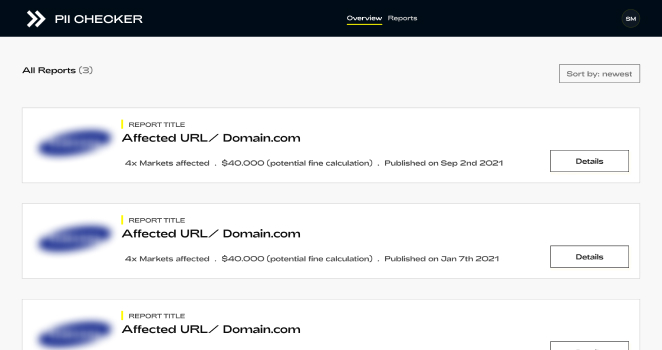
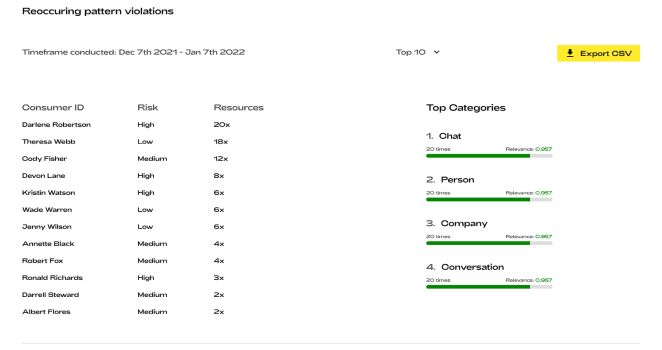
Consumers value their privacy and their right to not be tracked. This eans that as an organization you need to ensure they know when they are being tracked, that they can opt out of it and they can also delete their data if requested.
This solution can take data in any tabular format or text format. Here are some of the following files it can analyze:
Comma Separated Value files
Customer Relational Management Platforms
RDBMS SQL databases
Columnar SQL databases
Google Analytics
Adobe Analytics
Facebook Analytics
Email servers
Excel Files
The format of the data can be flexible but at least 1 field needs to be the field where the PII data is presumed to be. Any other additional fields are welcomed.
Once access to the data is given, the solution will scan the data using a custom ML model and other technology. It will use pre-trained models to determine if the data is PII or not. After this stage the model will have a basic understanding of what is PII for your organization.
At this stage we will customize the model for your organization by re-training after evaluating the first iterations. This means it will gain a greater understanding of what is PII for you. In the future it will also be able to flag unseen instances of PII.
Customized Dashboard
A detailed report detailing findings
Raw data files
Our AI Solution includes a handbook that documents official regulations per country for PII and Privacy compliance
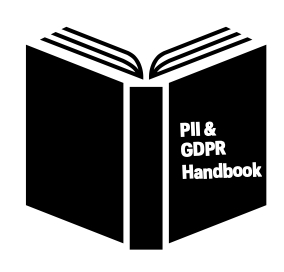
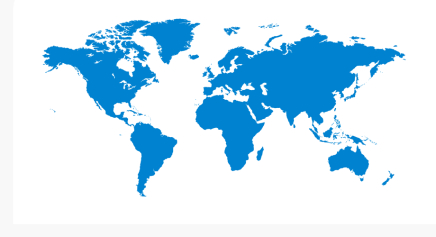
An avg. violation goes from $40,000.00 to $40,000,000.00
How it works our solution can integrate with the following solutions
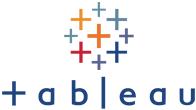
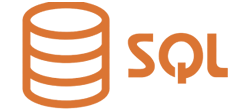





Avoid GDPR Fines
Avoid GDPR Fines
Avoid GDPR Fines
Avoid GDPR Fines
Data in a tabular structure such as CSV or SQL Database
Signed NDA
Visualization tool integration (if not we can do via data studio)
Analysis of Data Warehouse and support in case of any PII
Personally identifiable information (PII) is information that, when used alone or with other relevant data, can identify an individual. PII may contain direct identifiers (e.g., passport information) that can identify a person uniquely, or quasi-identifiers (e.g., race) that can be combined with other quasi-identifiers (e.g., date of birth) to successfully recognize an individual.
- Personally identifiable information (PII) uses data to confirm an individual's identity.
- Sensitive personally identifiable information can include your full name, Social Security Number, driver’s license, financial information, and medical records.
- Non-sensitive personally identifiable information is easily accessible from public sources and can include your zip code, race, gender, and date of birth.
- Passports contain personally identifiable information.
- Social media sites may be considered non-sensitive personally identifiable information.
Information which can be used to distinguish or trace an individual’s identity, such as their name, social security number, biometric records, etc. alone, or when combined with other personal or identifying information which is linked or linkable to a specific individual, such as date and place of birth, mother’s maiden name, etc.
PII is considered as sensitive if the loss, compromission, or disclosure without authorization of this data could result in harm, embarrassment, inconvenience, or unfairness to an individual. For instance, the following information is considered to be sensitive PII:
- Medical
- Educational
- Financial
- Employment information
PII violations are illegal, and often involve frauds such as identity theft. Violations may also stem from unauthorized access, use, or disclosure of PII. Failure to report a PII breach can also be a violation.
The GDPR in article 4 (link to: https://eur-lex.europa.eu/legal-content/EN/TXT/HTML/?uri=CELEX:32016R0679#d1e1374-1-1), defines personal data as follows:
“Personal data” shall mean any information relating to an identified or identifiable natural person (‘Data Subject’); an identifiable person is one who can be identified, directly or indirectly, in particular by reference to an identification number or to one or more factors specific to his physical, physiological, mental, economic, cultural or social identity.
The following personal data are considered as special categories of personal data and are subject to specific processing conditions according to the Art. 9 of the GDPR (link to: https://eur-lex.europa.eu/legal-content/EN/TXT/HTML/?uri=CELEX:32016R0679#d1e1374-1-1):
- Personal data revealing racial or ethnic origin, political opinions, religious or philosophical beliefs
- Trade-union membership
- Genetic data, biometric data processed solely to identify a human being
- Health-related data
- Data concerning a person’s sex life or sensitive data
When data that should be kept private gets in the wrong hands, bad things can happen. A data breach at a government agency can, for example, put top secret information in the hands of an enemy state. A breach at a corporation can put proprietary data in the hands of a competitor. A breach at a school could put students’ PII in the hands of criminals who could commit identity theft. A breach at a hospital or doctor’s office can put PHI in the hands of those who might misuse it.
Since May 2018, there’s a wave of new regional data privacy regulations in the aim to make our digital experiences safer and more secure.
- GDPR – Europe’s General Data Protection Regulations
- CCPA – California Consumer Privacy Act
- LGPD – Brazil’s Lei Geral de Proteção de Dados
- POPI – South Africa’s Protection of personal information
The cost of data breaches is rising rapidly, increasing 10% year-over-year according to the 2021 Cyber Security Ventures report (link to: https://1c7fab3im83f5gqiow2qqs2k-wpengine.netdna-ssl.com/wp-content/uploads/2021/01/Cyberwarfare-2021-Report.pdf). The global cost of cybercrime is also spiking and could reach $10.5 trillion per year by 2025. To put the rapidly rising cost of cyber threats in perspective, the annual cost was about $3 trillion in 2015.
Determining exactly how much a potential data breach could cost your business may be difficult, as every business and industry has unique exposures and risk factors. However, businesses can educate themselves regarding the factors that affect the cost of data breaches most and how these numbers change based on the industry and size of your business.
Choose the plan that suits you best
Reach out to us in order to discuss how we can perfectly match your individual company needs Pricing will be defined based on the usage of our product
Features:
- Detailed report
- PII Handbook
- Immediate action planning
- Raw data file
- Post analysis with one of our consultants
Features:
- Custom reporting
- Custom raw file size
- Immediate action planning
- 1-1 consultation with one of our Data Engineers
- Adjusted to your individual company needs